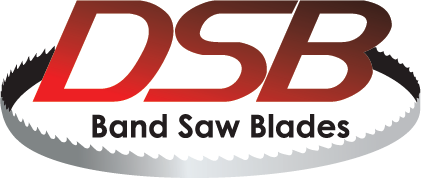Understanding the Role of Steroids in Sports Injuries
Steroids have long been a topic of debate within the athletic community, especially concerning their potential to aid recovery after injuries. When used appropriately under medical supervision, they can potentially accelerate healing processes and improve outcomes for injured athletes.
Types of Steroids Used in Rehabilitation
Several forms of steroids are employed in sports medicine, including:
- Corticosteroids: Primarily reduce inflammation and pain.
- Anabolic steroids: Promote tissue growth and repair.
How Do Steroids Help Athletes After Injury?
1. Reducing Inflammation and Swelling
One of the primary benefits of corticosteroids is their ability to decrease inflammation at injury sites, which can lead to:
- Less pain and discomfort
- Enhanced mobility during rehabilitation
- Reduced secondary tissue damage caused by inflammation
2. Accelerating Tissue Repair
Anabolic steroids facilitate faster muscle and tissue regeneration by promoting protein synthesis. This can result in:
- Faster rebuilding of damaged muscles and tendons
- Improved strength recovery
- Shortened downtime from injury
3. Enhancing Recovery of Muscle Mass
Post-injury muscle atrophy can be mitigated with steroid use, helping athletes regain strength more swiftly and maintain overall physical conditioning during recovery periods.
Potential Benefits of Using Steroids After Injury
- Reduced pain and swelling
- Faster return to training and competition
- Minimized muscle loss
- Improved overall healing quality
Important Considerations and Risks
Despite their benefits, steroids carry risks such as hormonal imbalance, immune suppression, and adverse side effects if misused. Their use should always be supervised by healthcare professionals to ensure safety and compliance with doping regulations.
FAQs
Q1: Are steroids legal for athletes to use after injury?
Many steroids, particularly anabolic ones, are banned in competitive sports unless prescribed legally for medical reasons. Always consult with a healthcare provider before considering their use.
Q2: Can steroids completely replace other rehabilitation methods?
No. Steroids are adjuncts to comprehensive rehabilitation programs that include physical therapy, nutrition, and proper rest.
Q3: How quickly can an athlete expect to see improvements after steroid treatment?
The timeline varies depending on the injury severity, steroid type, and individual response. Some may experience relief within days, while others may need weeks of ongoing treatment.
Conclusion
In summary, how do steroids help athletes after injury centers on their ability to reduce inflammation, accelerate tissue repair, and restore strength. When used responsibly under https://irishathletepharma.com/ medical supervision, they can be valuable tools in the recovery process, helping athletes return to peak condition faster and safer.
